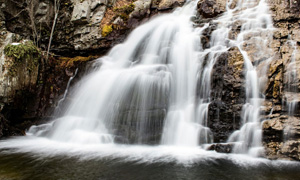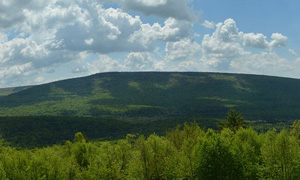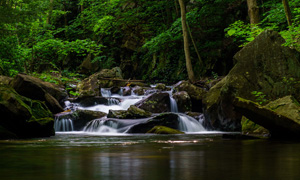 Every year as the temperature warms, in often what feels too slow of a transition from the blahs of winter, I find myself searching the landscape for signs of life. I notice delicate new growth of the columbine, starkly contrasting with the grayed remnants of last year’s growth. The garden phlox, Turk’s cap lilies, and violas also push tender new growth that would be easy to miss if I didn’t know where to look.
Every year as the temperature warms, in often what feels too slow of a transition from the blahs of winter, I find myself searching the landscape for signs of life. I notice delicate new growth of the columbine, starkly contrasting with the grayed remnants of last year’s growth. The garden phlox, Turk’s cap lilies, and violas also push tender new growth that would be easy to miss if I didn’t know where to look.
Gazing upward, I’m always a bit surprised to observe the appearance of flowers on otherwise barren limbs. Why a tree, after enduring the rigors of a harsh winter, would flower before setting energy-renewing leaves seems counterintuitive, but this is standard procedure for many tree species.
Native tree species that commonly flower first, before setting leaves, include redbud, maples, serviceberry, birches, and hickories.
An evolutionary explanation why some species flower before leafing out is focusing energy first on reproduction, which is a tree’s most important task. Another reason is likely mode of pollination. Some species are highly dependent on wind for pollination (what’s that saying about March coming in like a lion?), while others have specialized insect pollinators that are active early in the spring.
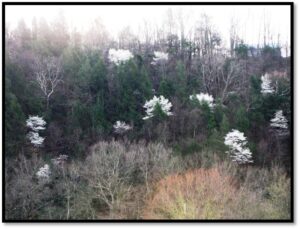
Serviceberries in Bloom-Buchanan State Forest
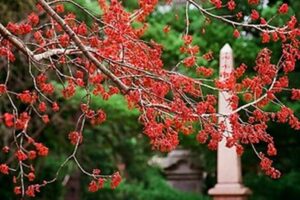
Clusters of red maple flowers. (photo by David Ohmer, Wikimedia Commons)
For maples, dropping samaras relatively early in the season may keep many seeds intact to germinate by avoiding the mouths of hungry rodents when their populations are relatively low. Since many rodents, which happen to love maple seeds, have multiple generations per year, it would be advantageous to drop seeds when there are fewer mouths to feed.
Regardless of evolutionary strategy, I sure am glad to have the early bloomers. They are the first to wave their colorful flags, triumphantly showing us all that spring is back once again.
Ryan Reed, Natural Resource Program Specialist
PA Department of Conservation & Natural Resource


